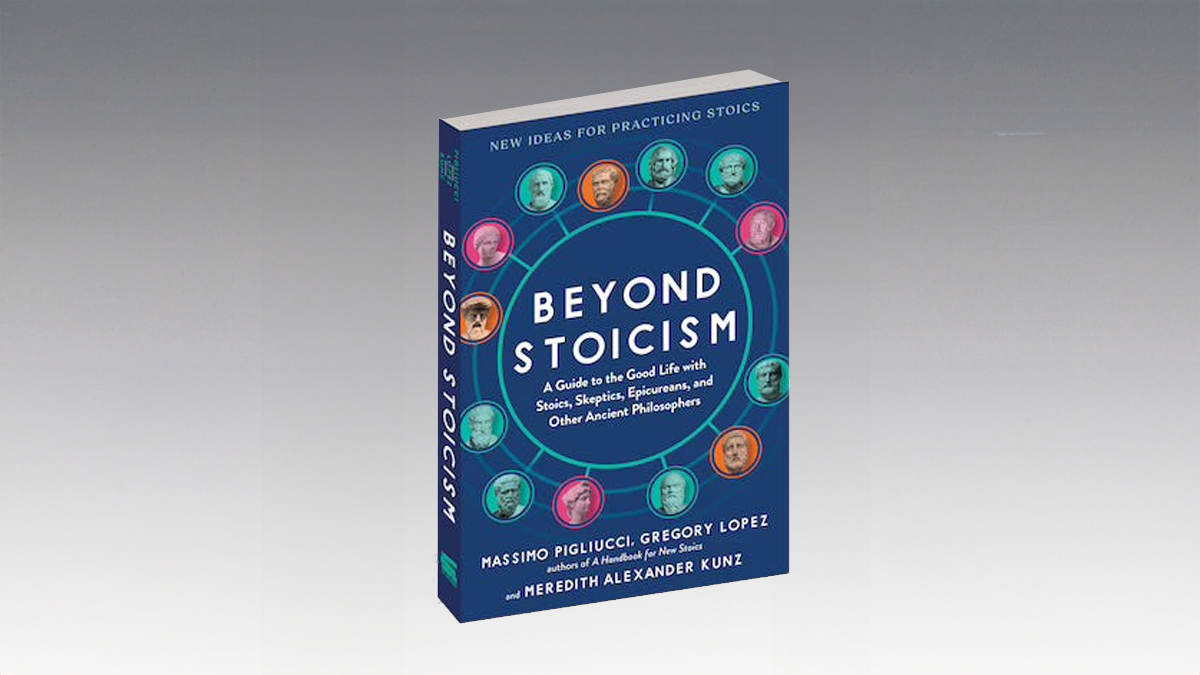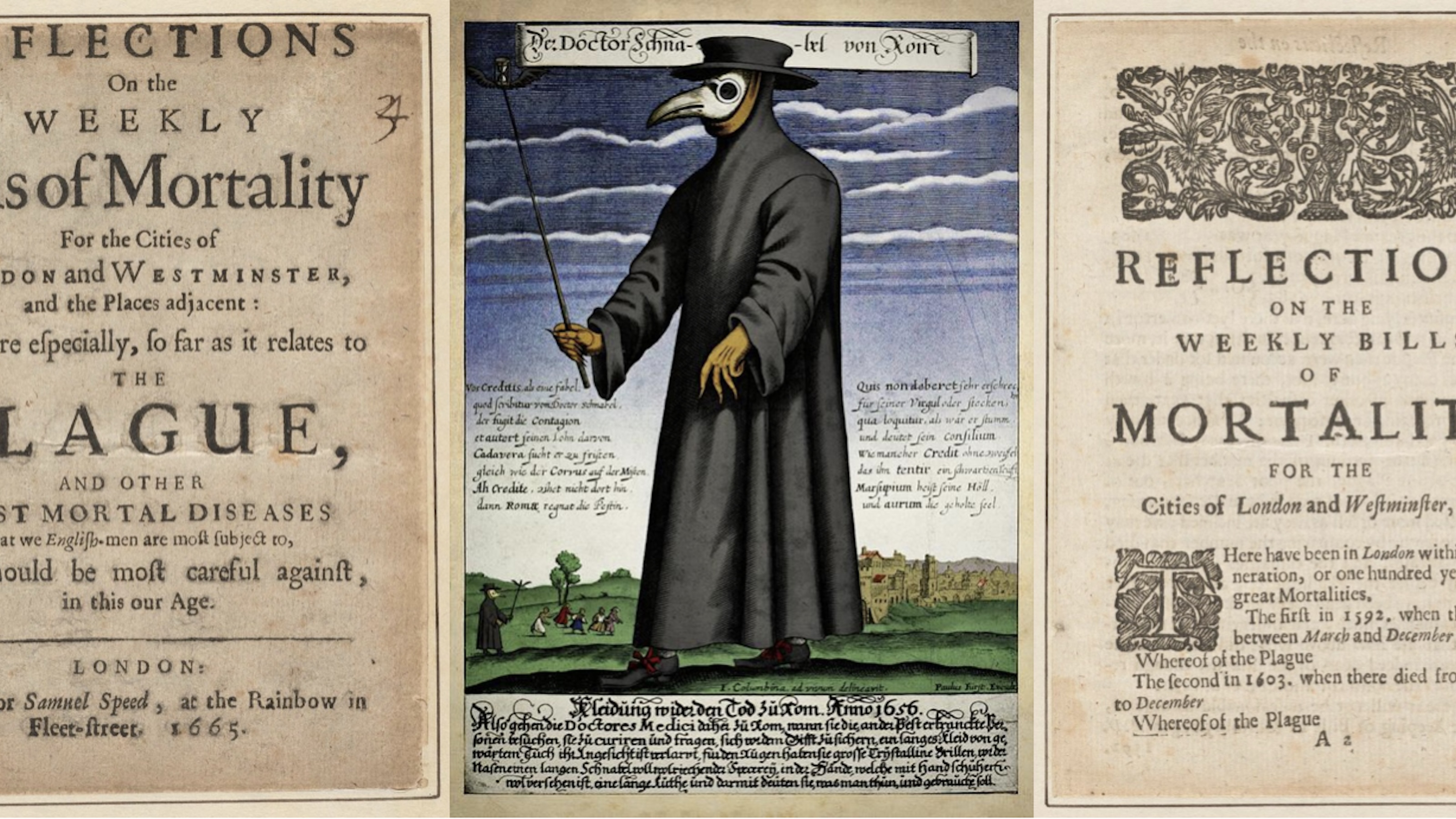Historian Caroline Weber takes us through the origination of fashion, which started as early as the 12th century.
Question: What is fashion?
Caroline Weber: Well, to talk about the history of fashion, it’s actually helpful to define what fashion is first. Fashion in our modern sense really can be understood most simply as, changing modes of clothing, meaning that there is something that is in fashion and something that is out of fashion. That concept really began in the 12th Century at the Burgundian Court of Philippe Labelle. That was really the first place where, with any remarkability, the nobles who lived at that court started changing their costumes very frequently in order to show off their prestige and their wealth. So women would have different kinds of gems covering their bodices and their gowns, different sorts of head gear, hair styles, make-up. But it was also a way of showcasing their taste and this was related to a rediscovery of Aristotle and conceptions of beauty that Thomas Aquinas reformulated for the Middle Ages. Before that period, for instance, in the classical era in Crete, ancient Greece and in ancient Rome, the basic shapes of the garments that the people wore didn’t change from century to century. So it was really in the 12th Century that the nobles in this very refined and elegant court started trying to distinguish themselves by constantly changing the shapes and silhouettes and styles of their clothing. And that introduced us to what we now know as fashion with these constant cyclical transformations of what we expect to see worn.
Topic: Women and fashion
Caroline Weber: Women have been pretty much been in the forefront of what we could talk about as costume. For instance, some of the earliest documented costumes in most costumes histories were those that were worn in Crete. That was a civilization that flourished in the 2nd Millennium B.C., and the really notable clothing there was the clothing that women wore. And it’s fascinating; there were all kinds of firsts. So, the women of Crete wore the first skirts, and in fact their skirts were very structured. They wore kind of hoop skirts which we would see later in the courts of Europe in the 16th, 17th, 18th Centuries. They also wore high-heeled shoes for the first time. They loved jewelry. And so all of that kind of flourish and fanciful self-adornment was really much more associated in Crete with women.
In Greece, at least in Republican Greece, there’s a fair amount of equality between the sexes in terms of the simplicity of garb. These very simple draped tunics, very unstructured. And then once Rome becomes the world power under imperial Rome in particular, women again assumed the kind of leading role in being leaders of fashion. The women of Rome, Imperial Rome, exploited all of the easy slave labor that they had around. Every basically middle-class, well-off woman in Imperial Rome had at least four slaves who were trained just to work on her hairstyles. Men would have never gotten away with quite that much excess in their appearance. You had some emperors and some public figures who were very, very flamboyant, but generally the fancier styles, color in dress, colored fabrics, gems again, very intricate hair styles, these were all the domain of women. And then in the Middle Ages, there starts to be slightly more equality, but that doesn’t mean that men are leaders in fashion. Phiiippe Labelle and then later rulers in the Renaissance and in the 17th Century, men like Louis XIV for instance in the 17th Century in France, loved fashion, loved style, loved to be covered in jewels and wearing incredible silks. Louis XIV was tremendously proud of his hair, so he forbade other men from wearing wigs at court so that everybody had to have their natural hair because his always looked better than everyone else’s. So, you have a few great historical examples of men being the peacocks in fashion, but women have always all along, throughout at least from Medieval Europe to the modern day, women have always assumed an important role in the development of western costume in terms of what was stylish and what was fashionable.
Recorded on October 13, 2009





